Welcome back to measure (misura) month. We’re spending the entire month looking at the basics of this measure, your attack & defense options, and some sample play/actions from each measure.
So far, we’ve looked at being Out of Measure and the quasi-modern development of Misura Larghissima. Today, we’re looking at the basics of Misra Larga — which is where we see most of the plays/plates develop in the Italian treatises.
The Basics of Larga

Misura Larga (Wide Measure) is defined as the distance in which we can strike our opponent’s head or torso with a step-lunge or strike their sword-arm with a leaning-lunge.
How big of a step-lunge, however, varies a bit from master to master. For example: lunges in Fabris tend to be relatively moderate compared to, say, Alfieri in larga.

In Alfieri, larga is a very wide/long lunge, which he says is dangerous because it’s easy to be off-balance and have difficulty in recovering. For a more moderate lunge, he would recommend being in misura perfetta (perfect measure) which is a term pretty unique to his system.
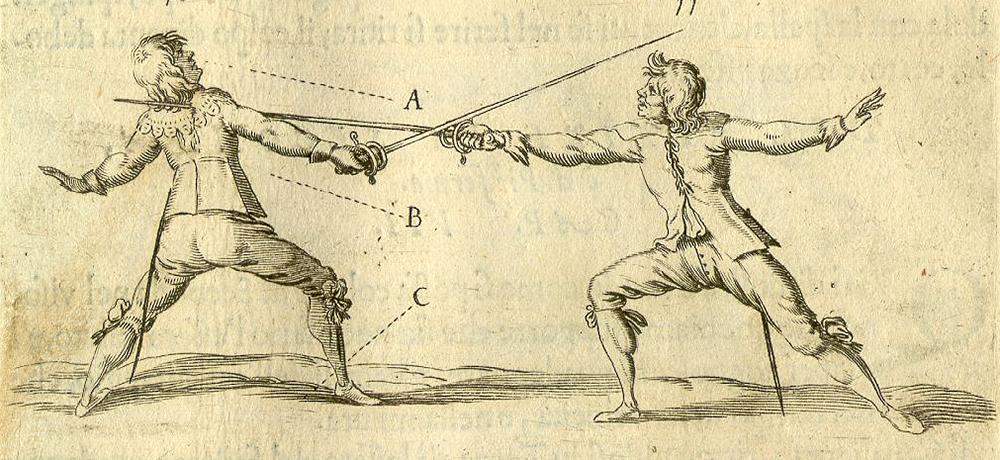
I recommend aiming for a more moderate lunge whenever possible. If you can go deeper, that’s fine as long as you’re able to properly & easily recover from the position. Defense of your person should always be paramount, so leaving yourself in a highly vulnerable position should be avoided.
From a visual standpoint, we’re in larga when our blade is crossed with our opponent’s blade somewhere between a palmo (hand-span) from the point to the mezza spada (middle of the sword). This is a super down & dirty starting point; there are a few variables to how true this is at any given time including:
- Your lunge depth
- Your sword length
- Your opponent’s sword length
- Your arm length
- Your opponent’s arm length
So don’t take that visual as gospel, but a rough starting point.
Larga & the True Fight

The True Fight is the aspect of fencing where you’re seeking control of your opponent’s weapon. You move forward if you have control and move back & seek control if you’ve lost control. There’s also no deceit (no feints) in the True Fight.
(I created a True Fight text-based game.
You can play Lvl 1 of the True Fight here.)
If our opponent…
- Retreats
- Continue to find their sword and pursue
- Doesn’t move
- Continue to find their sword and take a step into misura stretta
- Moves forward
- Stand still, find the opponent in misura stretta and immediate being an attack
- Strike with a leaning-lunge, in tempo of their advance.
- Step forward and find in misura strettissima. Not recommended unless you want to grapple/wrestle or are armed with a dagger against an opponent with just single-sword.
Blade Actions & Responses from Larga
While all blade actions in larghissima are cavaziones (disenages), blade actions in larga vary a bit more.
If our opponent is pushing against our blade or performs a cavazione while retreating, we want to perform a cavazione/contracavazione. Their retreat is putting them into larghissima, albiet briefly if we’re pursuing.
If our opponent performs a cavazione while remaining stationary or moving forward, we want to perform a volte stabile (turn of the hand) to find their blade on the opposite line.
If our opponent performs their own volte stabile or tries to laterally push our blade out of the way, we can respond by pushing our blade forward and letting their blade slide into our forte/hilt. We’re then in a prime position to strike. Alternatively, we can yield to the pressure by turning our false edge to our opponent’s weapon and letting them fall into our forte/hilt; this is best against an opponent who’s putting a lot of lateral pressure into your blade.
The transition between when we always perform a cavazione in repsonse to our opponent’s blade work to sometimes a cavazione, sometimes a volte stabile can be tricky to figure out and needs to be practiced with a partner. It also may vary from opponent to opponent based on several factors such as you and your opponent’s reach and strength.
Striking From Larga

So we define larga as being able to strike our opponent’s body with a step-lunge or strike their sword-arm (the advance target) with a leaning lunge. This means that if we have control over out opponent’s weapon & the centerline, as they step into our wide-measure, we can strike them in tempo with a step-lunge. This often plays out as our opponent taking a large step from out of measure or a smaller step from larghissima.
If we’re already in larga and our opponent moves forward to attack us, a step-lunge might be overdoing it since they’re closing the measure for us. We may simply need to strike by transitioning into a Forward Guard or a leaning-lunge. Since we can’t run our opponent through (for the best, really) and we don’t want to actually injure them, those are your best & safest options.
If our opponent is really moving forward with a large step, we could strike our opponent with a reverse lunge since they’ll be stepping into a narrow stretta or even strettissima.
This is also a good distance for performing voids like a mezza giratta or a more moderate tutta giratta.
If our opponent is pushing out blade laterally very strongly, we can strike by turning our sword so the false edge faces their weapon and then moving with a passing lunge. It’s important to know you are more likely to make this passing step more sideways than forward because of how close we are to our opponent and they may be covering some of the measure for us. We can’t run them through and don’t want to injure them, so you’ll be stepping closer to 9-10:30 on the clockface.
A bread & butter play we see often in the first plates in the Renaissance Italian masters is a simple controtempo attack from larga. We find our opponent’s blade (either on the inside or outside). Our opponent performs a cavazione to strike us on the opposite side (outside or inside). We counter by turning our hand over to cover that line with a volte stabile and then strike our opponent in the same tempo.
Class Video
Here’s a recording of the class. It’s more or less what’s written out in this blog post, plus a mobility & stretching routine in the second half of the class.
DONATIONS: Classes are 100% free, however, if you find these sessions useful, please consider a small donation so I can continue to produce rapier & other historical martial arts content. Donate at https://www.paypal.me/thetavernknight



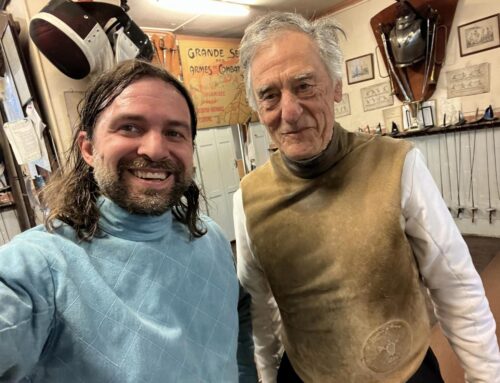
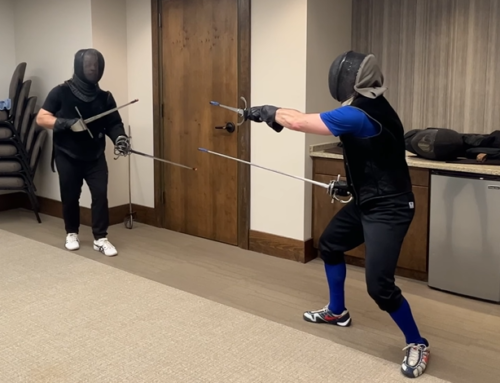
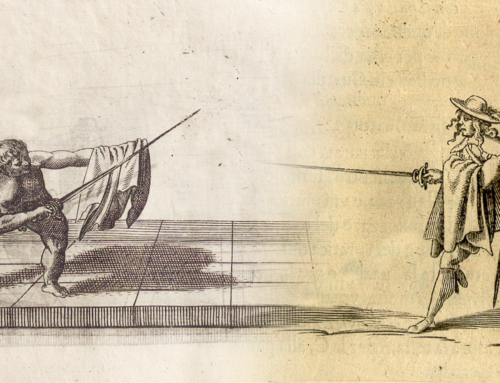

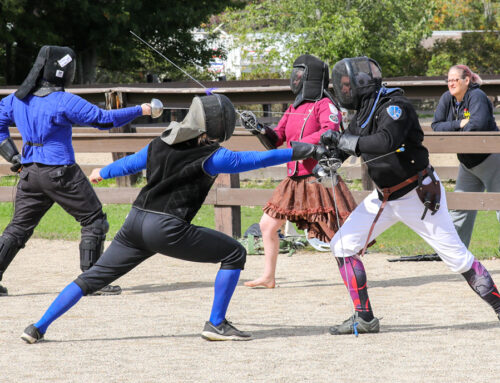
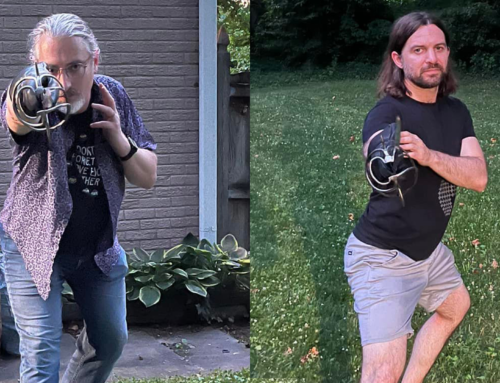
Leave A Comment